ECONOMYNEXT – Nepal, a small Himalayan nation better known for Mount Everest and its peaceful villages, has been going through one of the most dramatic and violent political crises in recent years.
In just a few weeks, street protests turned into nationwide violence, the government banned social media, at least 19 people were killed, and the military stepped in, leaving the world stunned at how quickly the country’s fragile democracy collapsed.
A government decision last week to block access to several social media platforms, including Facebook, has fuelled anger among the young. About 90 percent of Nepal’s 30 million people use the internet.
Here are some key questions and answers to understand what happened, how the crisis began, why the people were angry, and what the future might hold for Nepal and its place in the world.
How did the crisis start in Nepal?
The crisis in Nepal began with widespread frustration over the rising cost of living and lack of jobs.
Ordinary Nepalis, especially the youth, had been struggling with inflation, shortages of fuel and food, and the feeling that their leaders were not listening to their concerns.
Anger exploded when the government announced another round of price hikes on essential goods, including cooking gas and petrol.
What began as small protests in Kathmandu quickly spread to other cities, with students, workers, and even rural farmers taking to the streets.
What happened to Nepal’s economy?
For several years, Nepal’s economy had been slowing down due to a mix of global and domestic problems.
The COVID-19 pandemic hit tourism hard, which is one of Nepal’s biggest sources of income.
At the same time, remittances from Nepalis working abroad, another lifeline for the economy, were not growing as much as expected.
The government was also struggling with debt, rising import bills, and weak foreign exchange reserves.
As a result, prices of daily essentials kept climbing, unemployment grew, and frustration boiled over.
Ordinary families found it harder to pay for food, fuel, and education, leaving people with no choice but to voice their anger on the streets.
Why did the government ban social media?
When the protests grew larger and spread across the country, the government decided to ban social media platforms like Facebook, TikTok, and Twitter.
Officials claimed that these platforms were spreading “false information” and encouraging violence.
But for most Nepalis, the ban felt like an attack on free speech and an attempt to silence criticism.
Instead of calming the situation, the ban made protestors even more determined, as people saw it as proof that the government was trying to hide its failures rather than solve them.
Why were the people angry about the government?
The anger against the government was not just about rising prices. Instead, it was about years of broken promises and corruption scandals.
Many Nepalis felt that politicians cared more about their own power struggles than about solving real problems.
The Prime Minister K.P. Sharma Oli’s administration was accused of nepotism, inefficiency, and ignoring the suffering of ordinary citizens.
For young Nepalis, who make up a large part of the population, the lack of opportunities and the sense of being ignored by leaders added fuel to the fire.
What was the turning point that triggered violence?
The turning point came when demonstrations turned into violent clashes.
Protestors stormed government buildings, blocked highways, and set fire to vehicles.
In some cities, mobs attacked police stations. The government ordered the army onto the streets, claiming that the police alone could not control the chaos.
The military opened fire on protestors in several places, killing dozens.
The images of unarmed civilians being shot shocked the nation and the international community, and instead of calming the unrest, it made the protests grow even stronger.
What did protestors do after the protestors were killed?
After the killings, protestors became more defiant.
Crowds grew larger, chanting for the resignation of the Prime Minister and calling for justice for those killed.
Funerals of protestors turned into massive rallies. People waved the national flag, rejecting both the government and the military’s heavy-handed response.
In some areas, protestors set up barricades, organized community defense groups, and declared they would not leave the streets until the government fell.
Several government buildings, from the Supreme Court to ministers’ homes, including Prime Minister Oli’s private residence, were also set ablaze in Tuesday’s protests, with the unrest subsiding only after the resignation.
What happened to Nepal’s Prime Minister K.P. Sharma Oli and his government?
Under mounting pressure, with the capital paralyzed and international criticism rising, the Prime Minister Oli announced his resignation.
His government collapsed, and what followed was political chaos.
Some lawmakers fled the country, fearing reprisals, while others tried to negotiate with the army and protest leaders.
The fall of the government marked one of the fastest regime changes in Nepal’s recent history, showing just how fragile its democratic system had become.
Does the Nepal violence follow any trend that took place in other countries?
Yes, Nepal’s violence follows a trend seen in other countries where economic crises quickly turned into political upheaval.
Similar events have happened in Sri Lanka in 2022, when rising fuel prices and shortages triggered mass protests that ousted the president.
In parts of Africa and Latin America, governments facing corruption scandals and inflation have also collapsed after street protests.
The pattern shows how quickly economic pain can transform into political revolutions in countries where institutions are weak and trust in leadership is low.
What were the damages to the Nepal economy due to the ongoing crisis?
The violence has been devastating for Nepal’s economy.
Tourism collapsed again as international travelers canceled trips.
Businesses in major cities shut down for weeks, losing millions of dollars.
Foreign investors pulled out money, and remittance inflows also slowed as confidence in Nepal’s stability weakened.
The stock market fell sharply, and the local currency faced new pressure.
For ordinary Nepalis, the crisis meant job losses, empty shops, and more hardship, making recovery even harder.
What does this sudden regime change mean for Nepali people and the rest of the world?
For Nepalis, the sudden fall of their government has left uncertainty. While many celebrated the resignation of the Prime Minister, they also fear instability and a lack of leadership in the future.
For the world, Nepal’s crisis is worrying because the country sits between India and China, two global powers competing for influence.
Any instability in Nepal could affect regional security, trade routes, and migration.
International organizations like the United Nations have already expressed concern about human rights abuses during the protests.
What about the army taking over the government?
With the civilian government collapsed, the army has taken a leading role in maintaining order.
While some Nepalis see the army as a stabilizing force, others fear this could lead to a return of military rule and suppression of democracy.
The army has promised to hold fresh elections soon, but many remain skeptical, remembering past times when promises of democracy were delayed or denied.
What is the solution for the current crisis in Nepal?
The only real solution for Nepal’s crisis lies in restoring trust between the people and their leaders.
That means new elections that are free and fair, reforms to fight corruption, and strong measures to revive the economy.
International help will also be crucial and Nepal may need aid from the International Monetary Fund, World Bank, and neighboring countries to stabilize its economy.
For the long term, creating more jobs for young people and reducing dependence on imports will be the key.
Above all, Nepal’s leaders will need to listen to their people and ensure that democracy works not just on paper but in practice. (Colombo/September 10/2025)
Continue Reading

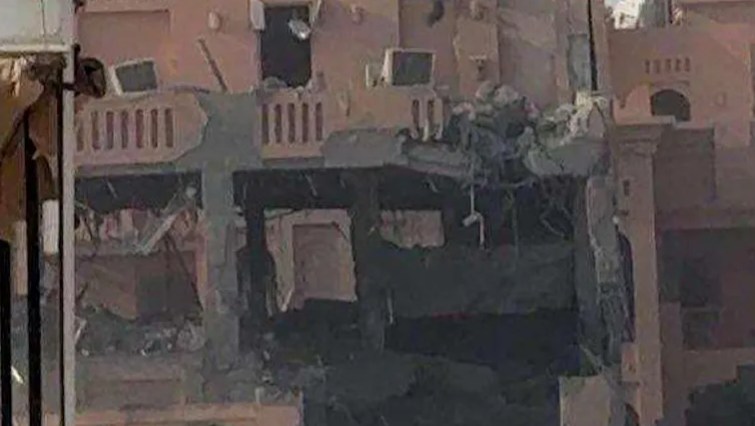
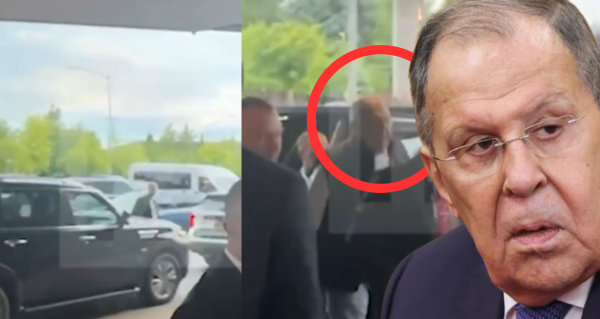

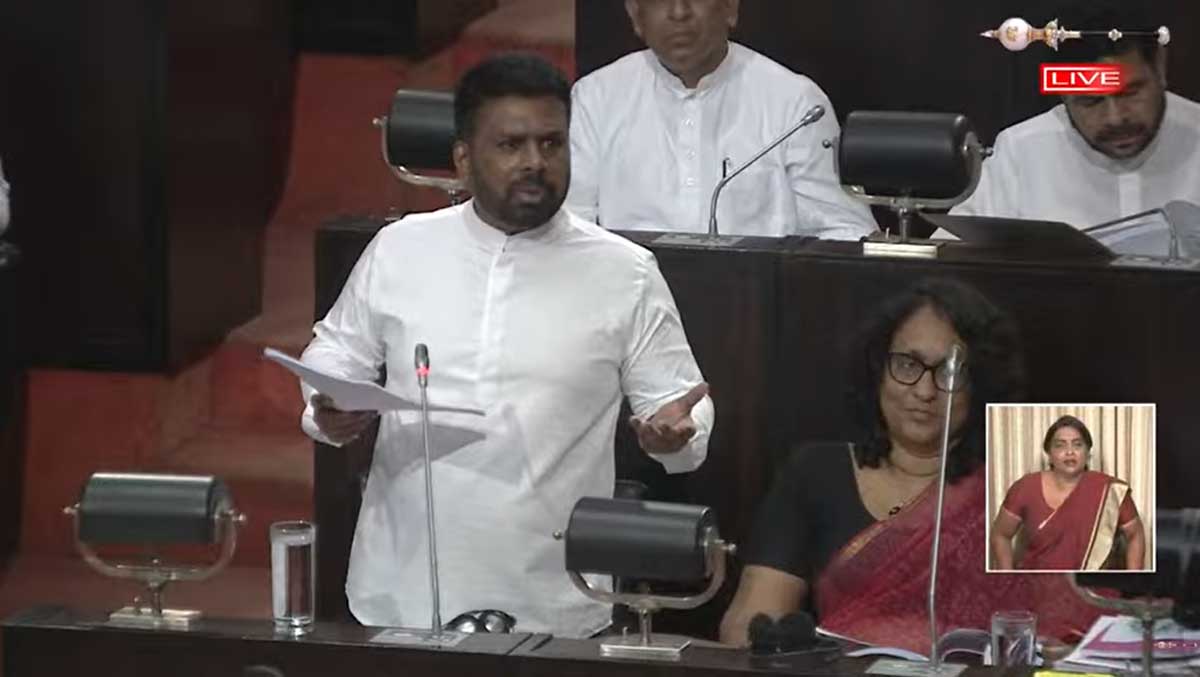
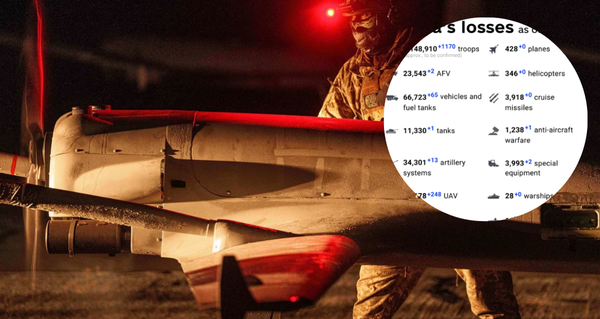
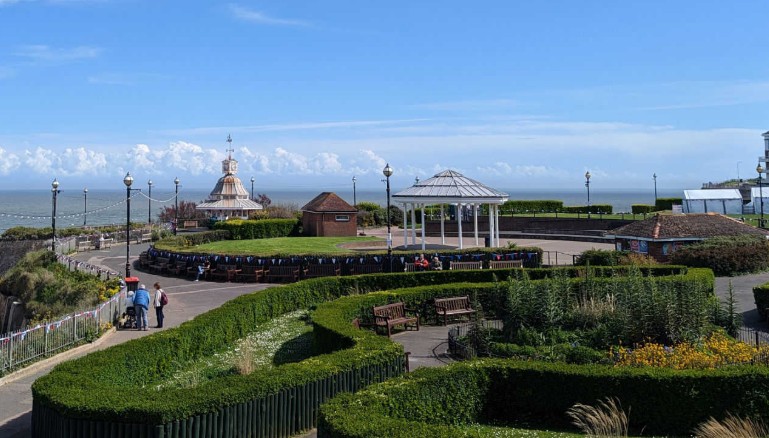
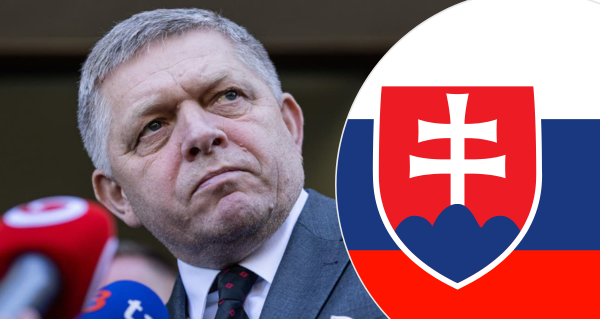
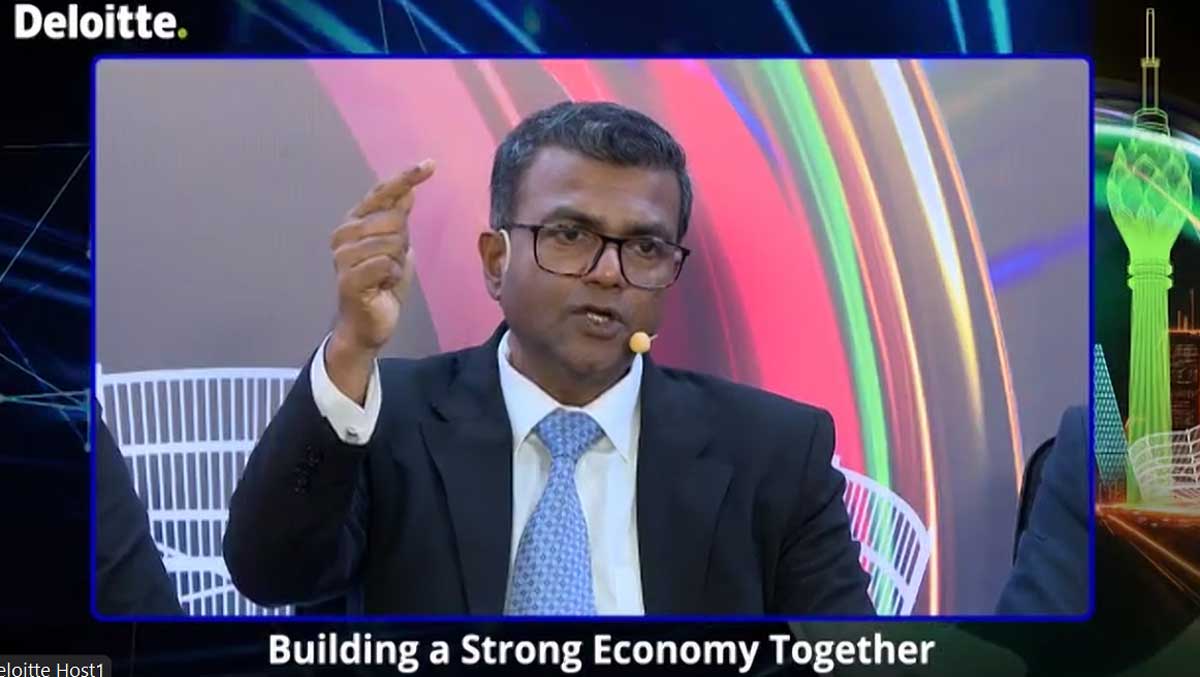
Leave a Reply